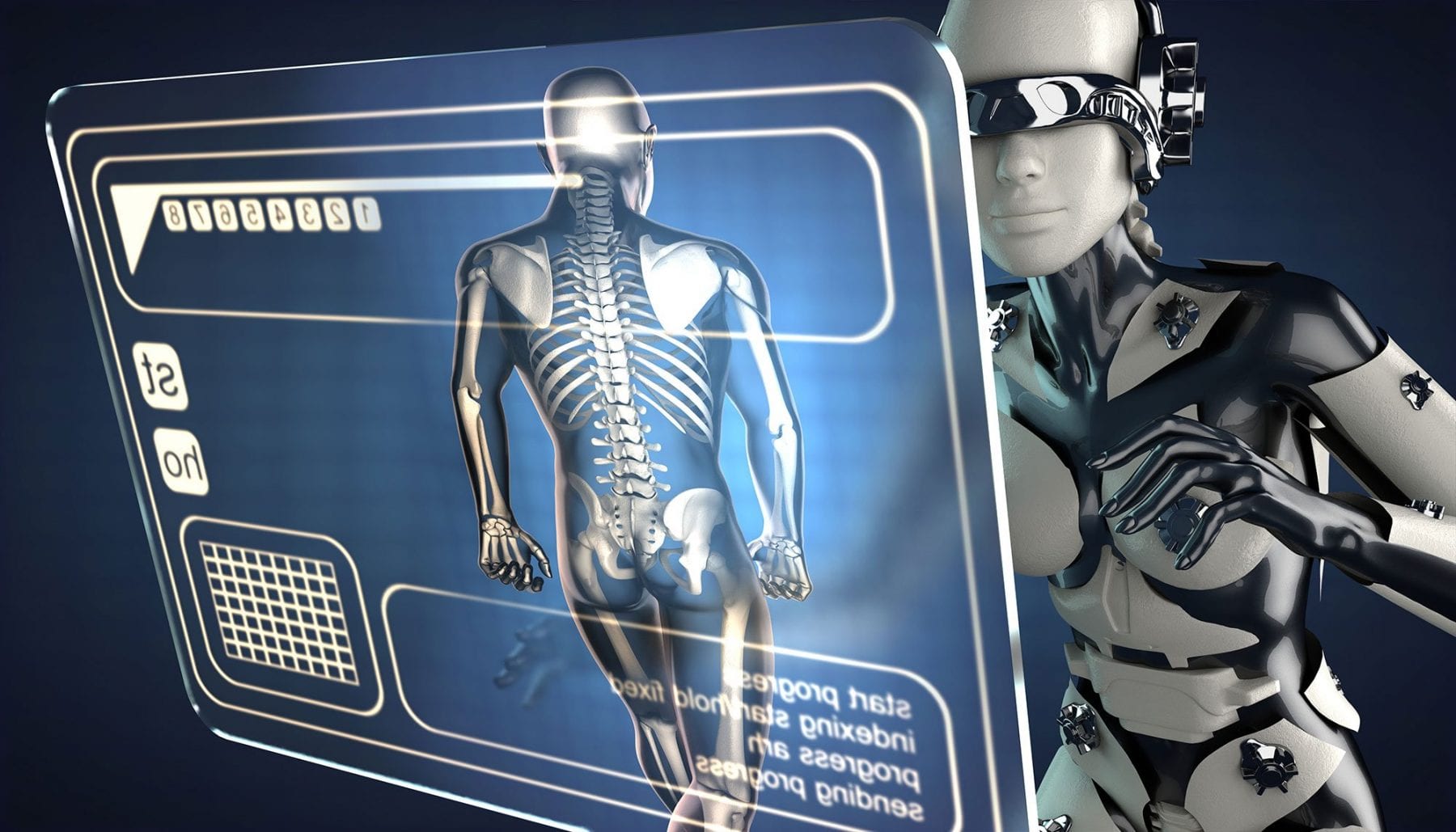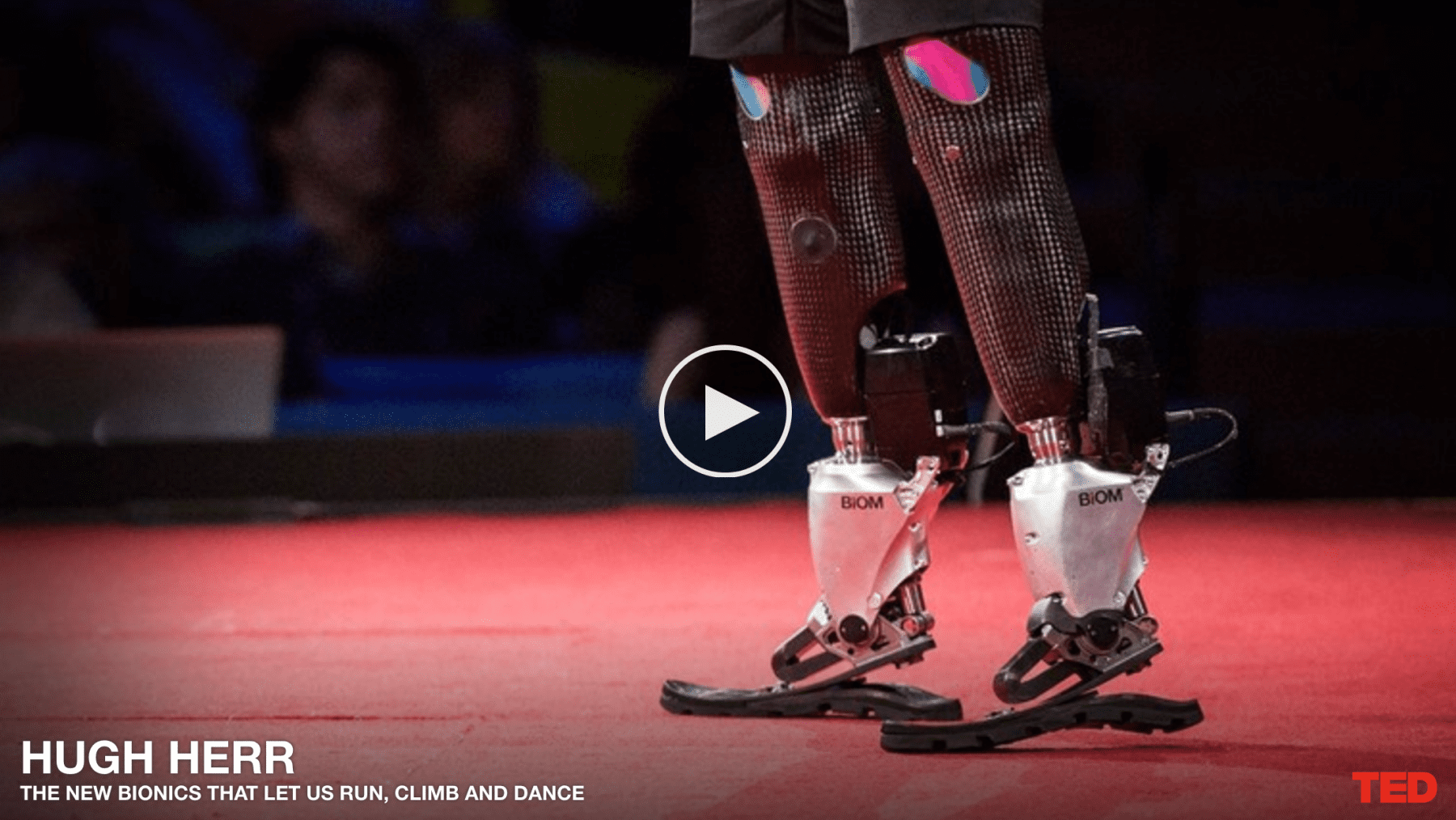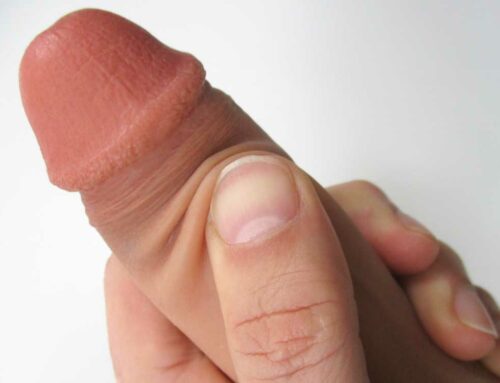I know you are all very keen to get more specifics on exactly how the Bionic is going to be made into a reality.
Over the next week or two, I will be able to show you the first 3D models of the Bionic, but in the meantime, here’s some teaser links to get you excited about the possibilities of the existing technologies we are looking to incorporate.
How will it sense?
Touch sensor technology is improving in leaps and bounds every year. Check out this videos to see some of the latest in touch sensor technology:
This article on 3D printed bionic skin is also worth a read, as is this article on stretchable touch sensors.
The idea is that through discreet movement and muscle motion, you will be able to tell the Bionic to become erect or flaccid. This would be possible through a remote controller that is no larger than a tampon, and just as easy to insert. Just giving this controller a squeeze with your pelvic floor muscles would actuate an erection. We are also looking into incorporating touch sensors along the shaft of the Bionic so that it can sense when it is being stimulated.
How will it change states?
There’s some pretty exciting technology coming out of soft robotics that will be highly relevant to his project. Check out this cute little video to get a little taste of how this technology can work:
And as this video illustrates, this technology might well be utilised to create a super human penis of the future, though I’ll very happily leave this to someone else.
We will be exploring pneumatic, hydraulic and electric options, using soft actuators to find the best viable solution. The basic principles of this problem are illustrated pretty well in this video.
Most likely the solution will end up actually being a very simple one where an expandable foam is compressed into the shaft and air is sealed off using a valve which can be opened through actuating the remote controller. This will suck air in to the shaft creating an erection. Think of camping matts that suck in air to self inflate when the valve is unscrewed, but much like the camping matts, the foam will still need some additional help to fully inflate. Alternatively the foam could expand and solidify when a small electric current is applied to it. Solutions like this would also serve to keep the prosthetic as light weight as possible as opposed to utilising liquid/hydraulic systems. There’s certainly plenty of potential solutions and it will just be a case of choosing the most appropriate one.
Then when you have 15 minutes or so, this video on the direction of current prosthetics technology is also well worth a look and explains the idea of using electric currents to change states.
How will it attach?
This really depends on the preference of the individual. As we want this to be as realistic an experience as possible, we will be utilising the existing Cochlear Vistafix system, which has already been successfully applied in this context. However, this does still require (albeit fairly minor) surgery to implement and may not be everyone’s cup of tea, so customised underwear and adhesives will also be alternatives.
But all of this is just a little taste to give you an idea of some of the technologies we will be harnessing, pun intended. Yes, this IS a very ambitious project and as of today, we have just hit the 10% donation mark of our initial goal, having cracked $5000 this morning. This is already enough to have been able to get the ball rolling which is super exciting, but the smooth continuation of this project is absolutely contingent on you. So please, if any of this has gotten you excited about what will be possible and you haven’t done so already,
Donate to the Bionic project and WIN!
After you donate, you will be issued a unique URL to share in your social circle. Anyone who donates through your URL will count towards your total fundraising tally.






Have you considered crowdfunding for the product through upfront payments? Might get more interest if there’s a product offering at the end of it. :)
Once it’s much further down the road ie at initial production run phase, then I will most likely be doing something along those lines :)
“The idea is that through discreet movement and muscle motion, you will be able to tell the Bionic to become erect or flaccid. This would be possible through a remote controller that is no larger than a tampon, and just as easy to insert. Just giving this controller a squeeze with your pelvic floor muscles would actuate an erection.”
i dont think you guys thought this through properly
You don’t have to insert it. You could also just use it as a hand held remote control. The idea is to be able to actuate an erect state using your own genitals, but I appreciate that won’t be everyone’s cup of tea.
This is starting to sound VERY ambitious and expensive. Can u give us at least an idea into which price range this is heading? 100$ 1000$ 10000$?
It sounds awesome, don’t get me wrong but I can’t invest in something I’ll never be able to afford.
I’d say the $1000+ is probably realistic, but it’s hard to say at the moment. I know the surgery to place the magnets runs at around $5000, so a similar price to chest surgery. Ultimately, I’m hoping that insurance companies will be picking up at least part of the cost, seeing it is a legitimate prosthetic. In any case, it’s safe to say it will most definitely only be the fraction of the cost of lower surgery.
Hi ALex,
Thank you very much for this brilliant idea. I was always wandering if it is ever going to be possible as I may not be able to have surgery. I also can’t use standard STPs due to FGM procedure done to me when I was five. I am so excited. Will this be accessible to people in the near future? Thank you again.
All things going to plan, I imagine it being available second half of 2018 or early 2019.
This sounds like something I have dreamt of. I live a very stealth life because I want to. [So pls no rude, none your business comments) and I would like to be like any man and be able to fuck when and where I want to. I will probably be dead by time the science world gets to us but perhaps this will be the next best thing. Alex an idea might be to allow people to begin making payments towards it now. That money could be used to help make it and also help us who have a hard time with buying expensive items. It’s a thought.
Agreed. I am looking to set something like this up as we get closer.
I absolutely love this idea and am quite surprised at the backlash. The idea that bottom surgery could go from an invasive procedure to a minor procedure for a bionic extension of your body that you can control WITH your body is HUGE. Bottom surgery has come very far, but I never DREAMT of even bothering. For the money, the multiple invasive surgeries, lack of control (hand pumps, increased risk of sensation loss, and the risk of being botched) would NEVER be worth the dysphoria freedom for me personally.
What people don’t recognize is that funding this project on a mass scale would lessen the cost amount for the product and create an entire industry of jobs servicing the transgender/nonbinary community. It also forces research to be done concerning our bodies, which is few, far between, and based in binary sciences that don’t tend to actually service us. This is a project that inspires me to enter the field of bionic engineering: if people shoot the idea down because it has a long way to go to become a reality, they’re only ensuring the market isn’t there and risk further research being done. I think this is an amazing idea, and if it becomes acheiveable within my lifetime, I would DEFINITELY want it. Another field that bionics could be covered in, is as a medical necessity. This product is similar to the use of a bionic leg, or other bionic parts that have become traditionally useful to supplement a part. With further research and discovery about trans/nb physical wants, needs, and compatibility with this product, it could change the outlook of necessities for dysphoria.
Once you’ve reached stage three do you have any idea on how many people you would have to test this on to be able to know its reliable and how you will find willing volunteers for this?
Product testers will be predominantly people who have made significant contributions to the project or raised more than $1000 towards the project. At present I already have all the volunteers I need but if it turns out there’s any gaps in product testing, I’ll do a call out for what’s needed via the newsletter at http://transthetics.com/subscribe/
I know it isn’t practical, but I really like what real magik has going on with blending and using hollywood make up to make it real. Would be cool if the bionic is the base piece and then a small kit of things used to blend the rest together.